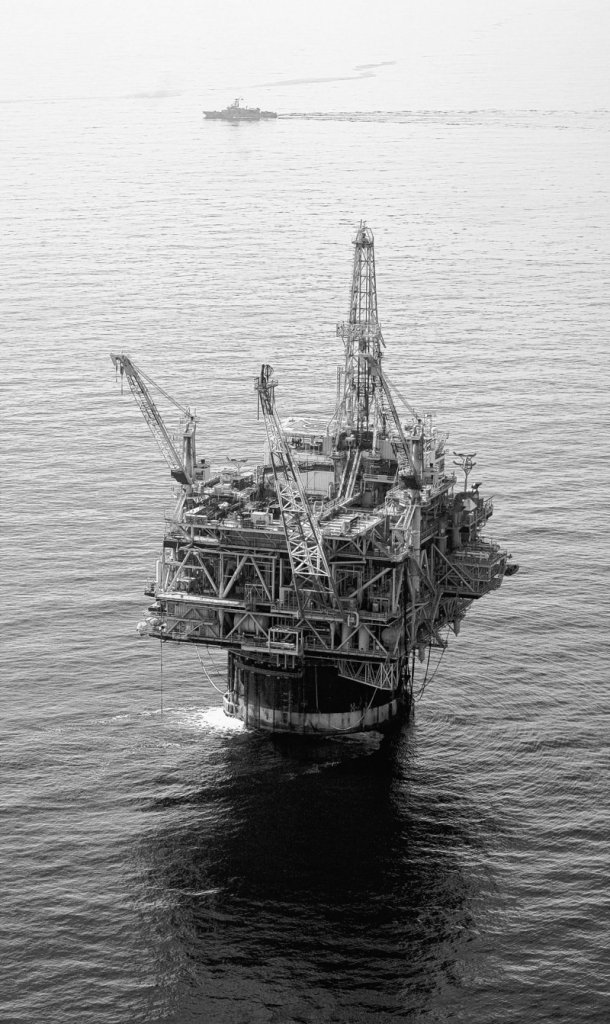NEW YORK – Big Oil is ready to go back to work in the Gulf of Mexico, even with the U.S government promising to rule the waters with a heavier hand.
Chevron, Exxon and Royal Dutch Shell are willing to endure the additional time to secure permits and the extra costs that will result from new government regulations because they’ve come to depend on deep-water drilling to replenish their reserves. The companies outlined plans for the gulf this week as most of them reported improved earnings for the third quarter.
These big oil and gas companies know the geology of the gulf much better than other parts of the world. Taxes and royalties for projects in U.S. waters are considered to be much lower than foreign operations, and it’s much easier and cheaper to deliver the oil to the consumer.
“It’s one-stop shopping,” said Fadel Gheit, an analyst with Oppenheimer & Co. “When you’re working in the gulf, you’re sitting in the belly of the largest energy-consuming economy in the world.”
Wells in the gulf can be very profitable. Drilling projects there typically break even when oil sells for $50 to $60 per barrel. It’s currently trading near $82.
The oil companies’ reliance on the oil-rich deposits below the gulf grew as they became more adept at pumping crude from the sea floor. In March, a month before BP’s Macondo well ruptured, the industry produced 52.6 million barrels of oil from gulf wells. That’s the highest total for that month in records dating back to 1981.
Shell has gotten 7 percent of its total oil and gas so far this year from wells in the gulf. And before the Deepwater Horizon explosion in April, BP’s wells accounted for about 10 percent of its overall production.
The U.S. drilling moratorium brought well-drilling activity to a relative standstill over the summer. New production wells were put on hold.
As a result, Chevron expects gulf production to fall as much as 10,000 barrels per day in the second half of the year. Shell predicts a similar drop and expects a further decline of 10,000 barrels per day in 2011.
“There could be further impacts into 2012,” said Simon Henry, Shell’s chief financial officer. “We just don’t know yet.”
All the companies that reported third-quarter earnings this week, except Chevron, said profits improved thanks to higher oil and gas prices.
Exxon’s net income rose 55 percent while ConocoPhillips’ profit doubled. Higher prices helped Royal Dutch Shell increase earnings even though it booked more than $1 billion in asset write-downs. Chevron lagged its peers, however, reporting earnings of $3.77 billion, or $1.87 per share, down from $3.83 billion, or $1.92 per share, in the year-ago period.
And they all said it’s time to get back to work in the gulf.
The Interior Department ended its drilling ban on Oct. 12. New agency requirements will make it much harder for companies to obtain offshore drilling permits. The companies must submit to additional inspections on their rigs and they might need to add new equipment and train crew members. They’ll also re-examine the worst-case scenario for a ruptured well. CEOs must certify that a company has met the new regulations.
Chevron said Friday it already has submitted one permit application to the government to drill again in the deep water, and expects to file several more in the next few months.
Exxon Mobil Corp. said earlier in the week that it’s preparing to develop its Hadrian project in the gulf, while Royal Dutch Shell said it filed a number of requests for offshore projects shortly after the moratorium was lifted earlier this month.Drilling in the gulf typically breaks even when oil sells for $50 to $60 per barrel. It’s now trading near $82.
Copy the Story Link
Send questions/comments to the editors.



Success. Please wait for the page to reload. If the page does not reload within 5 seconds, please refresh the page.
Enter your email and password to access comments.
Hi, to comment on stories you must . This profile is in addition to your subscription and website login.
Already have a commenting profile? .
Invalid username/password.
Please check your email to confirm and complete your registration.
Only subscribers are eligible to post comments. Please subscribe or login first for digital access. Here’s why.
Use the form below to reset your password. When you've submitted your account email, we will send an email with a reset code.